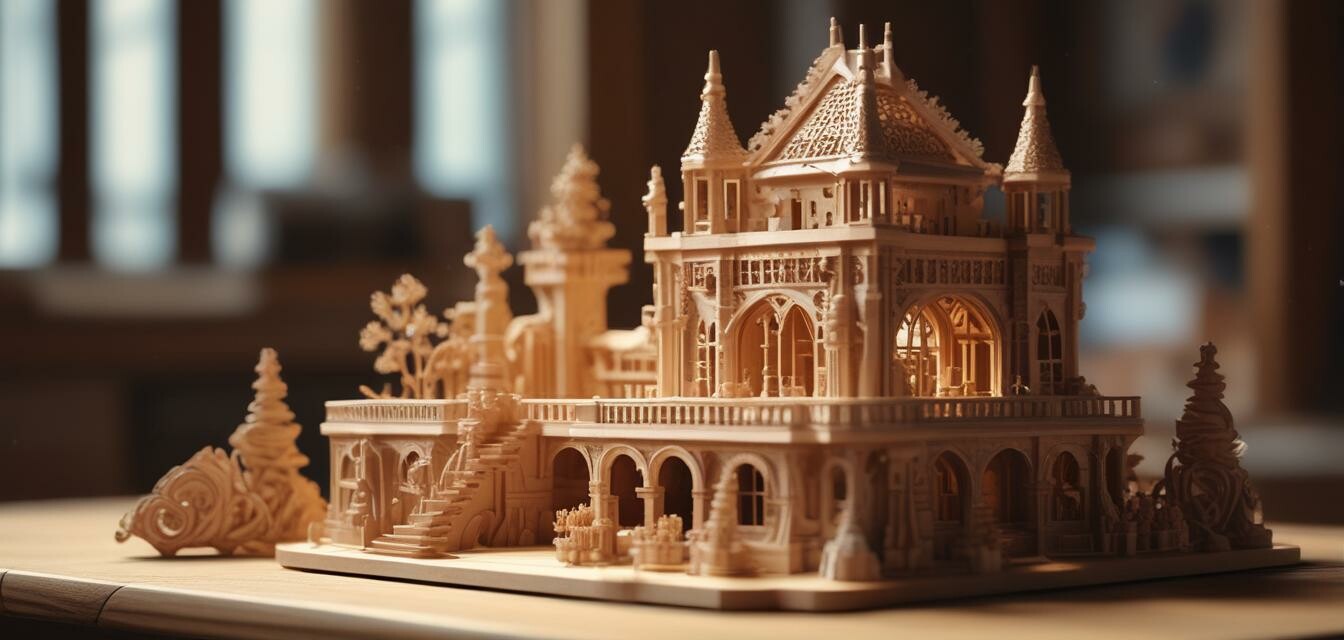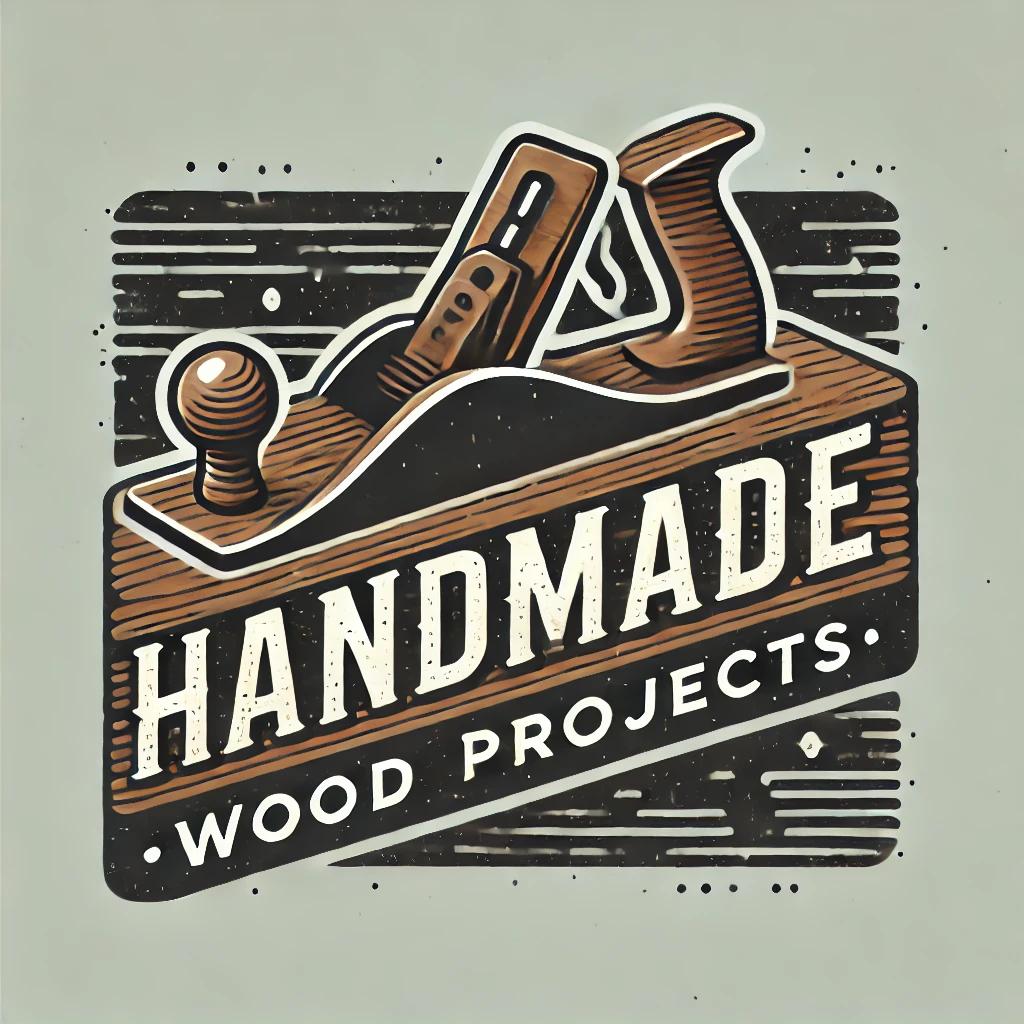
The Impact of 3D Printing on Traditional Woodworking
Key takeaways
- 3D printing is revolutionizing traditional woodworking techniques.
- New tools and techniques are emerging from the combination of both methods.
- Woodworkers can achieve complex designs more efficiently.
- Integration of 3D printing can reduce material waste.
- Understanding this trend can shape future woodworking projects.
In the realm of woodworking, traditional craftsmanship has long been revered. However, with the advent of 3D printing technology, a new chapter is unfolding. The fusion of 3D printing with woodworking is not just enhancing the way artisans work; it’s transforming the entire landscape of the craft. In this article, we will explore how 3D printing is merging with traditional woodworking, offering new possibilities and efficiencies.
The rise of 3D printing technology
3D printing, also known as additive manufacturing, has made significant strides over the past decade. This technology allows users to create three-dimensional objects from digital models by layering material. While it’s primarily known for its applications in industries such as aerospace and healthcare, its impact on woodworking cannot be ignored.
How 3D printing works
At its core, 3D printing works through a process of adding material layer by layer. Let’s break it down:
- Designing: The first step is to create a 3D model using computer-aided design (CAD) software.
- Slicing: The model is sliced into horizontal layers by slicing software.
- Printing: A 3D printer deposits materials, such as PLA or resin, layer by layer, until the object is complete.
Benefits of merging 3D printing with woodworking
The amalgamation of 3D printing with traditional woodworking brings forth numerous advantages:
| Advantage | Description |
|---|---|
| Complex designs | 3D printing allows woodworkers to create intricate designs that are difficult to achieve with traditional methods. |
| Material efficiency | 3D printing can minimize material waste by only using what is needed for the project. |
| Rapid prototyping | Woodworkers can quickly prototype designs and make adjustments before final production. |
| Customization | Unique and personalized projects can be designed without excessive manual labor. |
Innovative techniques emerging in woodworking
Woodworkers are finding innovative ways to integrate 3D printing into their craft. Here are a few notable techniques:
- 3D printed joints: Complex joint designs can be printed and then used in conjunction with traditional wooden components.
- Molds for precision: 3D printed molds help create precise shapes and designs that would be hard to carve by hand.
- Decorative elements: Intricate decorative elements can be printed and attached to wooden pieces, enhancing their aesthetic appeal.
Challenges faced by woodworkers
While the integration of 3D printing presents exciting opportunities, it also brings certain challenges:
- Learning curve: Woodworkers must familiarize themselves with digital design and 3D printing technologies.
- Initial investment: High-end 3D printers and materials can be costly for artisans.
- Material limitations: Many 3D printed materials don't have the same durability or finish as traditional wood.
The future of woodworking with technology
As technology continues to evolve, the future of woodworking will increasingly blend traditional craftsmanship with innovative techniques. The collaboration between 3D printing and woodworking can spark creativity, allowing woodworkers to push the boundaries of their artistry.
What woodworkers are saying
“Integrating 3D printing into my woodworking has opened up a world of possibilities. It’s incredible what you can create when you marry old techniques with new technology.” – A professional woodworker
Conclusion
The merging of 3D printing technology with traditional woodworking represents a significant shift in how products are made. By embracing these technological advancements, woodworkers can enhance their craftsmanship, improve efficiency, and ultimately create projects that were once thought impossible. If you're eager to explore more about woodworking, check out our articles on buying guides and DIY project ideas to stay inspired.
Pros
- Enables complex design opportunities.
- Improves speed and efficiency.
- Encourages creativity and customization.
Cons
- Requires technical skills and knowledge.
- Can be expensive to start.
- Material limitations must be considered.
To further educate yourself about trends in woodworking, explore the news and trends section of our site. Whether you’re a seasoned craftsman or just getting started, incorporating modern technology will allow you to stay ahead in the world of woodworking.



